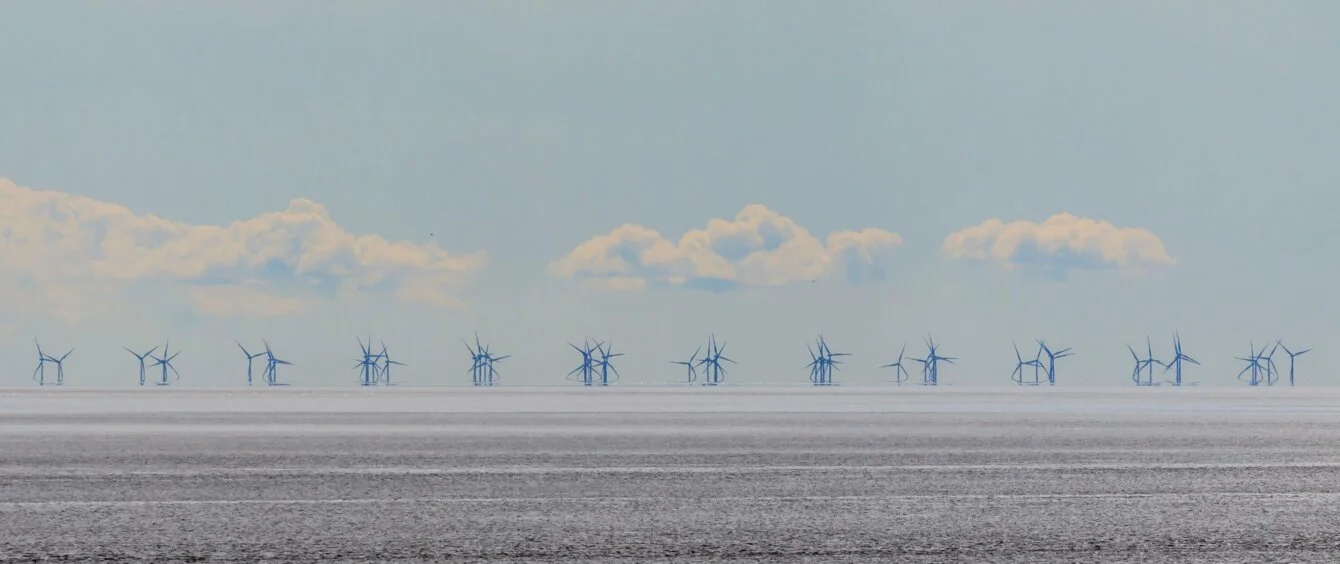Scotland has one of the most ambitious climate targets in the world – a net zero carbon economy by 2045. Central to this are its seas.
Owing to the country’s geography, and particularly its outlying islands, Scottish waters make up 63% of the UK’s total Exclusive Economic Zone, the maritime area accorded to all coastal countries by the UN Convention on the Law of the Sea.
Scotland’s seas, having first provided oil and gas, now appear as the primary solution to the country’s climate ambitions, owing to their strong and abundant winds.
Draft energy strategy
The government earlier this year published a draft energy strategy which sets clear targets for wind power on and offshore. These include raising installed offshore wind capacity to between 8-11 GW by 2030 and adding 12 GW of new onshore wind. Current onshore wind capacity is about 8 GW.
The amount of onshore wind operational, under construction, awaiting construction or in planning already amounts to the 20 GW target. Moreover, offshore wind commitments made under successive leasing rounds now far exceed the target of 8-11 GW.
There is thus good reason to expect Scotland to emerge as a major exporter of surplus clean energy, either as electricity or via some other medium, such as hydrogen.
Diversifying the clean energy mix
While wind is the bedrock of Edinburgh’s clean energy policy, it also wants to encourage other forms of renewable energy to provide a more diverse and resilient energy system. As such, it is calling on the UK government to provide market mechanisms to support the development of more hydro power and, in particular, pumped storage.
A number of new pumped storage plans have been proposed in recent months, which, if developed, could provide vital flexibility to Scotland’s growing fleet of wind farms.
In addition, the Scottish government is developing strategies to encourage solar power, increase bioenergy production and develop its wave and tidal power resources.
The country has long been home to the European Marine Energy Centre, where a number of innovative technologies continue their development. Although slow to reach commercial viability, renewable marine technologies are expected to play a growing role in the energy transition, both domestically and internationally, particularly post-2030.
The government has also set ambitious plans for hydrogen, targeting 5 GW of renewable and low-carbon hydrogen production by 2030, scaling up to 25 GW by 2045. This should allow clean energy exports as liquids or gas, providing a reach for the Scottish energy industry beyond the geographical limitations of electricity exports.
The government published in December 2022 a Hydrogen Action Plan. This aims to take advantage of surplus renewable energy production in Scotland and the EU’s ambition to import 10 million tons of hydrogen a year by 2030.
An assessment of Scotland’s hydrogen potential conducted in 2020 estimated than, in addition to meeting domestic demand, the country could produce about 2.5 million tons a year of the fuel for export to UK and other European markets.
Focus on wind
Scotland is already well advanced in the deployment of wind power. RWE commissioned Scotland’s first commercial-scale offshore wind farm, Robin Rigg, in 2010, and the country is home to the world’s first commercial floating offshore wind farms.
Future plans have been advanced in particular through the ScotWind leasing program, which has seen 20 seabed option agreements reached with initial commitments totalling £28.8 billion. ScotWind is expected to result in as much as 27.6 GW of new generating capacity over the next decade. 13 of the 20 projects are for floating wind farms.
Wind power will also be used to help decarbonise the country’s oil and gas sector through the electrification of oil and gas facilities. Crown Estate Scotland announced on March 24 the results of its INTOG leasing process, designed specifically for this purpose. The round saw 13 projects awarded with total capacity of 5.416 GW.
These will add to a substantial pipeline of offshore wind projects which is now close to 70 GW. This included, as of end-June 2022, 13.25 GW of operational capacity, 3.25 GW under construction, 7.07 GW awaiting construction and 6.41 GW in planning.
As a result, expectations are strong that the government may increase its offshore wind target, boosting a sector set to become central to Scotland’s economic future and the achievement of net zero carbon by 2045.
